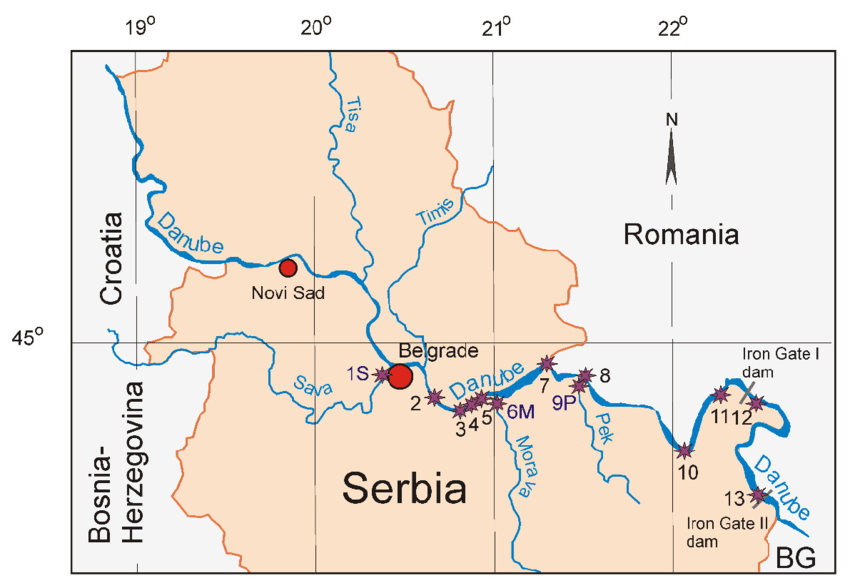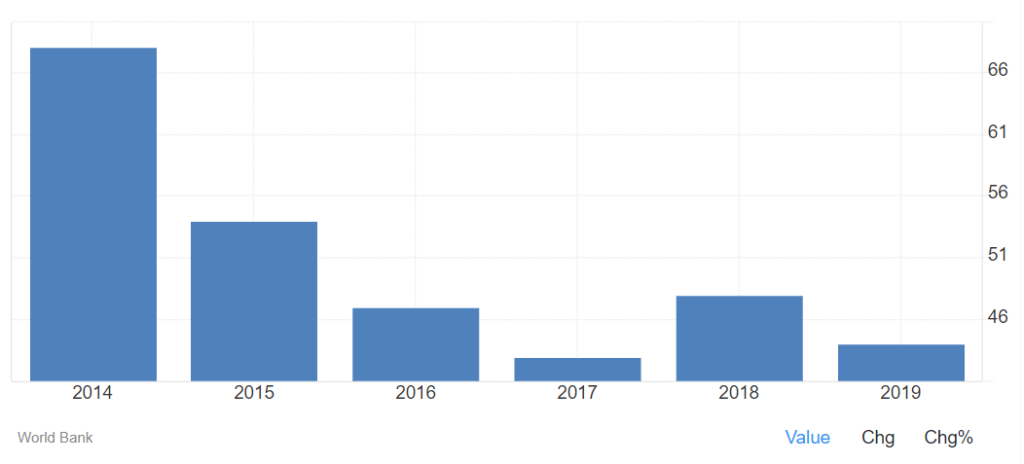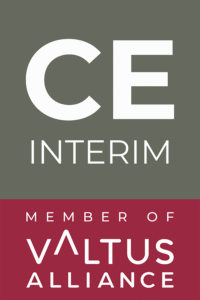Not enough time to read the full article? Listen to the summary in 2 minutes.
Serbia, strategically located in Southeast Europe, has increasingly become a focal point for international investors. Investing in Serbia provides access to robust economic growth, a skilled workforce, and advantageous trade agreements, offering significant opportunities for businesses looking to expand their operations in the region.
This article delves into Serbia’s economic landscape, key industries, and the strategic role of executive interim management services, particularly those provided by CE Interim, in helping businesses navigate and succeed in the Serbian market.
Economic Landscape and Growth Potential
Serbia has shown strong economic resilience and growth in recent years, making it an attractive destination for foreign direct investment (FDI).
In 2023, Serbia’s GDP hit about $68 billion, growing by 2.5%, showing steady recovery from global economic disruptions.
The country’s economy is diverse, with key sectors including manufacturing, agriculture, energy, and information technology (IT) driving its development.
Key Economic Indicators of Serbia
| Indicator | Value |
|---|---|
| GDP | $68 billion |
| GDP Per Capita | $7320 |
| Economic Growth Rate | 2.5% |
| Inflation Rate | 7.3% |
| Unemployment Rate | 9% |
| FDI Inflows (USD) | $4.5 billion |
| Public Debt to GDP | 55% |
Serbia’s strategic location at the crossroads of Central and Southeast Europe makes it a vital hub for trade and investment. The country’s access to both EU and non-EU markets, combined with favorable investment conditions, contributes to its growing appeal among foreign investors.
CE Interim guides companies in Serbia’s economy, providing tailored strategies for maximizing returns and navigating market complexities.
Strategic Location and Infrastructure
Serbia’s strategic location is one of its greatest assets. Investing in Serbia provides access to the country as a gateway between Central Europe, the Middle East, and Asia, making it a key logistics hub.
Serbia is part of the Central European Free Trade Agreement (CEFTA) and has free trade agreements with Russia, Turkey, and the European Union, providing investors with access to a market of over 1.3 billion consumers.
The country has invested significantly in infrastructure, particularly in road and rail networks. Serbia’s Corridor X links Central Europe to Greece, Turkey, and the Middle East, boosting trade and logistics efficiently.
Serbia’s Danube River, part of Pan-European Corridor VII, is a key inland waterway for transporting goods in Europe.
Serbia’s Strategic Trade Routes

Serbia prioritizes infrastructure development by modernizing Belgrade Airport and building new highways and railways to attract investors.
CE Interim offers interim management services that help businesses optimize their supply chain and logistics operations in Serbia, ensuring efficient utilization of the country’s strategic infrastructure.
Key Industries and Investment Opportunities
Serbia’s diverse economy presents a wide range of investment opportunities across several key industries:
- Manufacturing: Serbia’s manufacturing sector is a cornerstone of its economy, contributing approximately 23% to the national GDP. The country has a strong tradition in manufacturing, particularly in automotive, machinery, and electronics. Top global firms like Fiat Chrysler, Bosch, and Siemens chose Serbia for manufacturing due to skilled workforce and cost advantage.
- Agriculture: Agriculture is another critical sector, with Serbia being one of the leading producers of agricultural products in the region. The country’s fertile land and favorable climate conditions make it ideal for growing a variety of crops, including wheat, corn, and fruits. Serbia also has a well-developed food processing industry, which offers significant investment opportunities.
- Information Technology (IT): Serbia’s IT sector is one of the fastest-growing in Southeast Europe. The country is a hub for software development, outsourcing, and IT services, focusing on innovation and quality education. Serbian IT companies have gained international recognition, and the sector continues to attract substantial foreign investment.
Growth in Serbia’s IT Sector

- Energy: Serbia is actively working on diversifying its energy sources, with a focus on renewable energy. The country offers great hydro, wind, and solar power potential. Incentives are in place to attract investments in these areas. Serbia’s energy sector is expected to see substantial growth as the country moves towards a more sustainable energy mix.
For companies exploring these sectors, CE Interim’s interim management services provide valuable support in market entry, operational setup, and strategic development, ensuring that businesses can effectively capitalize on Serbia’s economic opportunities.
Workforce Competency and Education
Serbia boasts a highly educated and skilled workforce, particularly in engineering, IT, and manufacturing. The education system prioritizes technical training, producing professionals ready for modern industries.
Serbia’s workforce is also known for its linguistic abilities, with a high proficiency in English, German, and other major European languages, facilitating communication and integration with international companies.
Workforce Education and Skills in Serbia
| Indicator | Value |
|---|---|
| Higher Education Rate | 33% |
| STEM Graduates | 19% of total graduates |
| English Proficiency | High |
| Vocational Training Focus | Strong |
CE Interim can assist companies in leveraging Serbia’s skilled labor market by offering expert guidance in recruitment, training, and workforce management, ensuring that businesses can fully utilize the country’s human capital.
Legal and Regulatory Environment
Serbia has made significant strides in improving its business environment, with reforms aimed at reducing bureaucracy, enhancing legal protections for investors, and streamlining regulatory processes.
Investing in Serbia reflects the country’s progress, as it ranks 44th in the World Bank’s Ease of Doing Business index, showcasing improvements in areas such as starting a business, obtaining construction permits, and protecting minority investors.
Serbia’s corporate tax rate is 15%, one of the lowest in Europe, making it an attractive destination for businesses. Additionally, the government offers various incentives for foreign investors, including tax holidays, subsidies, and support for job creation and capital investments.
Serbia’s Ease of Doing Business Ranking

CE Interim’s interim management services are essential for companies looking to navigate Serbia’s legal and regulatory landscape. Their expertise ensures compliance with local laws and regulations, minimizing risks and facilitating smooth business operations.
CE Interim’s Role in Facilitating Investment Success
Investing in Serbia presents significant opportunities, but also requires navigating a complex and evolving market. CE Interim’s interim management services provide the expertise needed to succeed in Serbia, from market entry to ongoing operations.
Leveraging Serbian business expertise, CE Interim provides strategic insights and hands-on management for success in this dynamic market.
Conclusion: Unlocking Investment Opportunities in Serbia
Serbia’s strategic location, robust economic growth, and skilled workforce make it a compelling destination for investing in Serbia. However, to fully realize these opportunities, businesses need to approach the Serbian market with careful planning and expert guidance.
Interim management services, such as those provided by CE Interim, are critical for ensuring successful investments in Serbia.
With CE Interim’s expertise, companies excel, grow, and establish in Southeast Europe’s promising market for success.






اقامة مستثمر في صربيا 🇷🇸 التكلفة ومدة الانجاز ؟